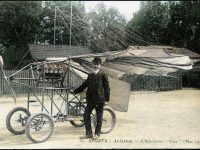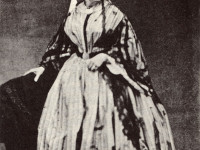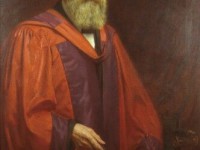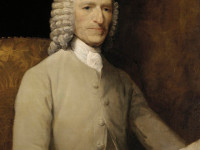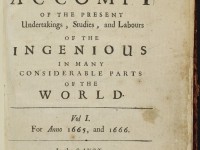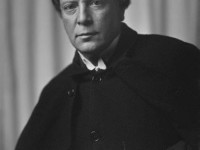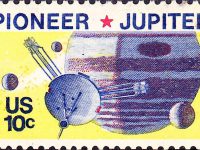Romanian Flight Pioneer Traian Vuia and his Flying Machines
On March 18, 1906, the flying machine of Romanian inventor Traian Vuia lifted briefly to a powered hop of 11 metres. Though unsuccessful in sustained flight, Vuia‘s invention influenced Louis Blériot in designing monoplanes.[3] In difference to the flying machine of the Wright brothers that made first motor powered flight in December 1903 [2], Vuia‘s machine had the capability to take off from a flat surface, without assistance such as an incline,…
Read more

